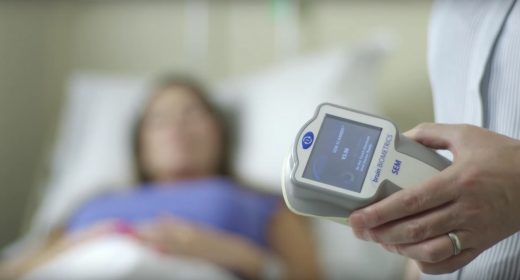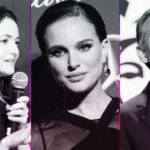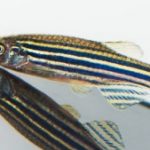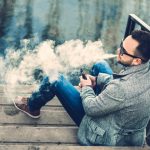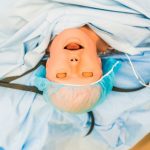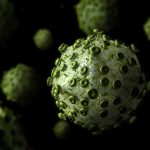NASA’s Martian tech is helping hospitals eliminate bedsores
Bedsores, also known as pressure ulcers, kill more people annually than nearly any form of cancer, with 500,000 cases per year in the United Kingdom alone. One problem doctors and nurses face in the fight against bedsores is early detection — traditionally, hospital staff can only diagnose pressure ulcers once they reach the skin’s surface and have done irreparable damage. The SEM Scanner changes this. Using seismology technology adapted from NASA’s Mars lander, the wireless, handheld, non-invasive scanner is able to detect bedsores up to 10 days before they show up on the skin.
A handful of experts from UCLA partnered with Bruin Biometrics to produce the sub-epidermal moisture scanner. They recently tested it on more than 1,200 patients across 13 hospitals, and more than half of the facilities were able to completely eliminate new cases of bedsores.
One hospital that reduced bedsore occurrences to zero, St. Mary’s Hospital, estimated that using the SEM Scanner would save £600,000 and free up 1,420 hours of nurse productivity a year.
“We’ve borrowed NASA’s concept of ‘Seeing the Unseen’ to develop the first clinically-proven method for detecting unseen bedsores and alerting healthcare practitioners in real time when they begin to form under the skin,” BBI VP of Product Rachael Lester said. “With early detection, clinicians can initiate treatment before chronic damage develops. More and more clinicians are using the SEM Scanner and finding that they can overcome avoidable PUs, proving that zero is no longer Mission: Impossible.”
(28)

